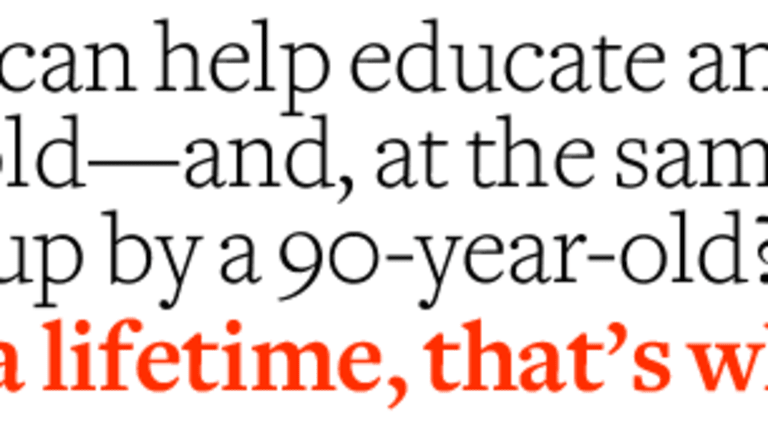When Tracy Austin was about eight years old, her coach, Robert Lansdorp, put her through one of his patented “20 at the baseline” drills. This exercise required the prodigious youngster to hit 20 consecutive groundstrokes inside the lines with the coach feeding balls. If Austin missed, she had to start over.
Lansdorp ran Austin ragged as her mother Jeanne looked on. But the spunky pupil finally completed the drill. “She was hyperventilating by the end,” says Lansdorp. “I said, ‘Next time, bring a paper bag, you can breathe into that.’”
This brief nugget tells a great deal about all involved, especially Lansdorp, the coach who developed four former world No. 1s—Austin, Maria Sharapova, Pete Sampras and Lindsay Davenport—and innumerable solid pros.
Today, despite being 78 years old and recovering from a near-fatal bacterial infection from last December, Lansdorp is still developing players and giving lessons. Upon his release from an intensive-care unit in January, Lansdorp was only going to observe his lessons while an assistant fed balls. But he quickly decided he couldn’t work that way, and resumed feeding himself.
“Feeding the balls myself gives me more of a connection with my student,” he explains. “I can see everything better from the feeding position. I basically know where the problems are, and I can feed with that in mind.”
“His feeding is incredible,” says former world No. 6 Eliot Teltscher. “Don’t laugh, he’s turned it into an art.”
Nobody would take Lansdorp as an artist at first glance: a bearish 6'3" with a mane of white hair and a gruff voice that has retained much of its guttural, Dutch origins. He was born in Indonesia, but his father fled to Holland after he was detained in a prison camp during the Sukarno era’s revolt against colonialism.
Lansdorp started his career as a teaching pro on the public courts of San Diego. While he’s taught at private courts and clubs, he still prefers the anonymity and no-frills atmosphere of public spaces. Today he teaches at Peck Park, near his home in San Pedro, CA.
Lansdorp is legendary for his blunt words and, some would say, lack of tact. He hardly seems like the tailor-made coach at a time when people tend to speak in code to avoid giving offense, and many are unwilling to accept, or are unresponsive to, Lansdorp’s demand for discipline and hard work.
“Robert has a tendency to put people on the back foot right away,” says Austin. “That’s not always beneficial. Not everybody buys into that.”
Nothing illustrates the value and significance of discipline in Lansdorp’s world better than the fundamental “20 at the baseline” drill that is still central to his teaching canon. It hints at the deep-seated quest for perfection that has always animated him.
“The big thing is the repetition,” Austin explains. “It builds your confidence that in the big moments you can come through—boom, the shot is there.
“But it also builds mental toughness. If you get to 18 and you miss and have to start over, guess what? You’re not going to want to miss number 18 again, no matter how much you’re gasping.”
The best of Lansdorp’s students performed the drill in a progression: 100 balls at the baseline, but in ever diminishing increments—40, 30, 20, 10—with a break of about 30 seconds upon completion of each segment.
Lansdorp could remember only one player who was able to successfully complete 100 at the baseline without taking a break: Jeff Tarango.
The drill has stuck with his pupils, and most of the marquee players Lansdorp has worked with stay in touch, including Austin and Telscher.
“They all wanted to play hard for Robert,” says Teltscher. “They had the utmost respect for him.”
“I love Robert,” says Austin. “He has a very hard shell but a soft center.”
Lansdorp never sought to start a tennis academy, create a brand or build an teaching empire. He wanted to stand on the court and feed, the way he still does today.
“The thing I enjoy the most about teaching is the one-on-one aspect,” says Lansdorp. “I like taking somebody and seeing progress—actually working and cultivating something. It’s like seeing someboday grow.”
Spoken more like a patient, attentive gardener than an exacting, intimidating taskmaster. Perhaps Lansdorp’s genius is that he is both.
